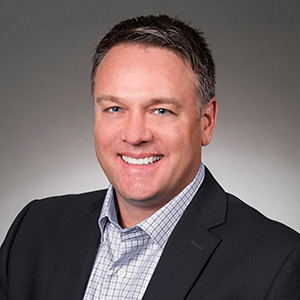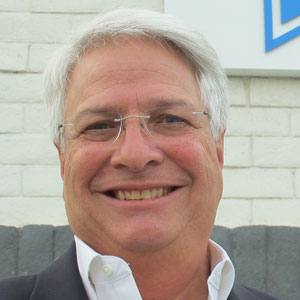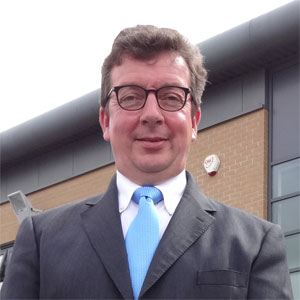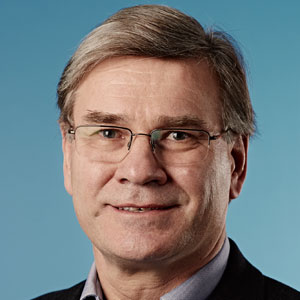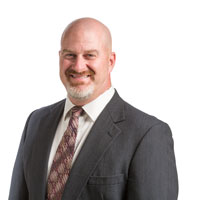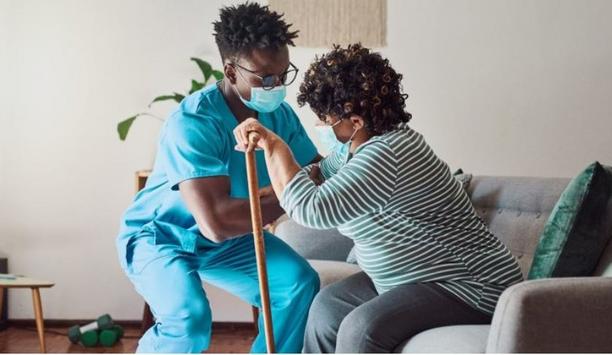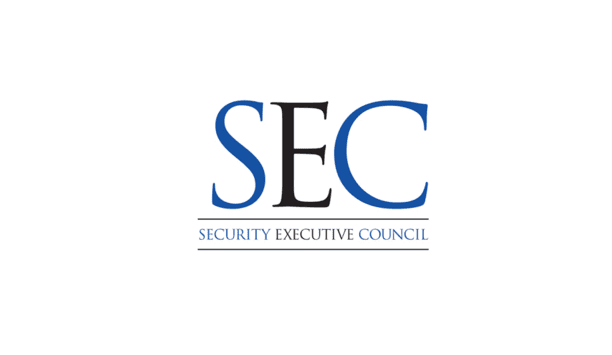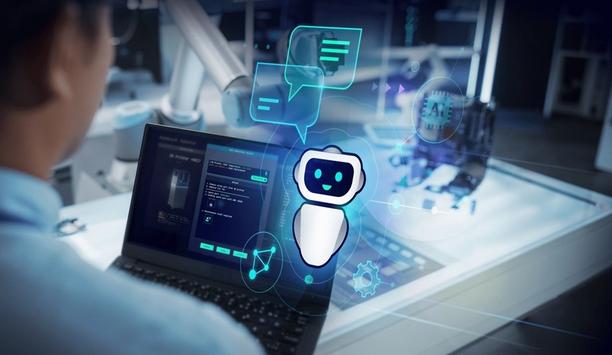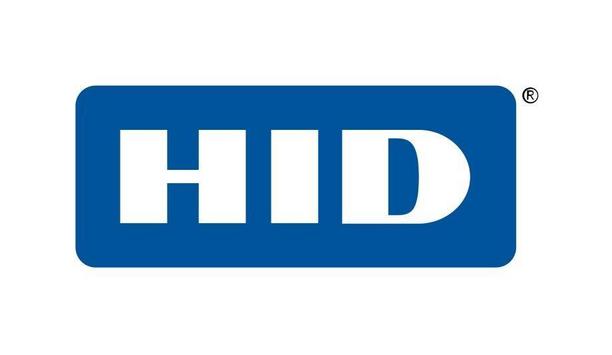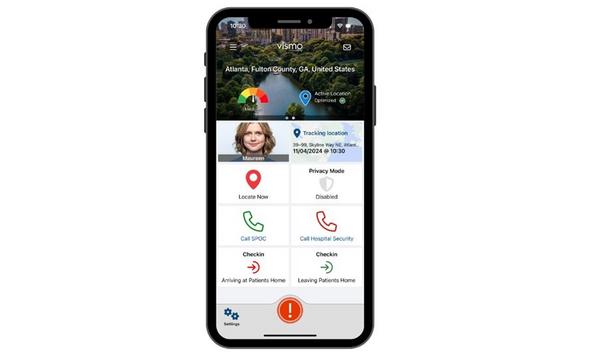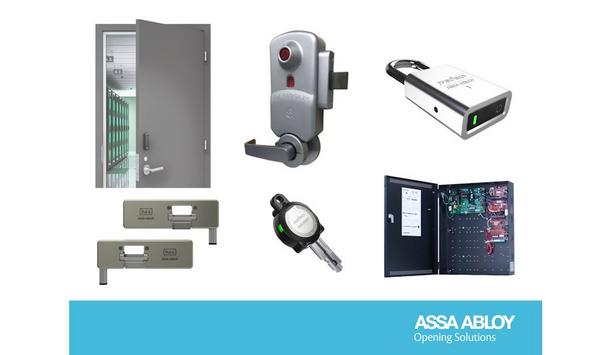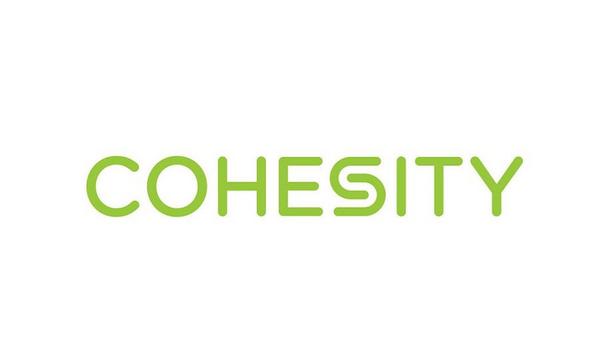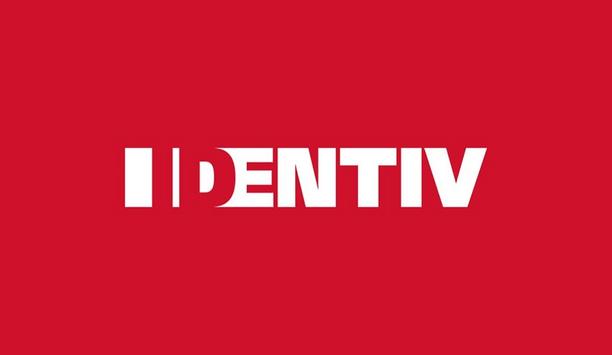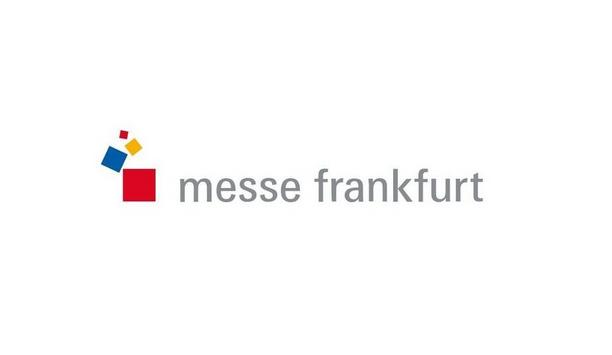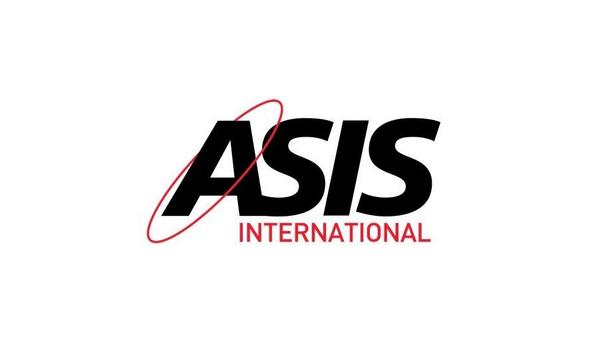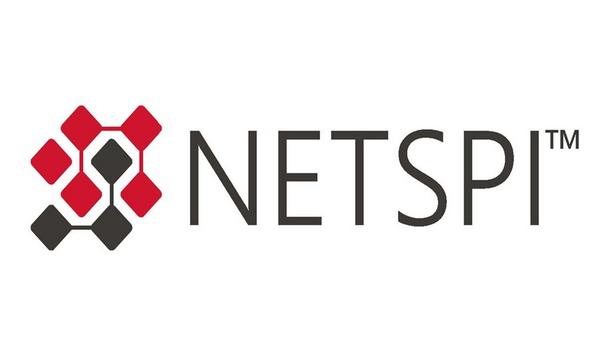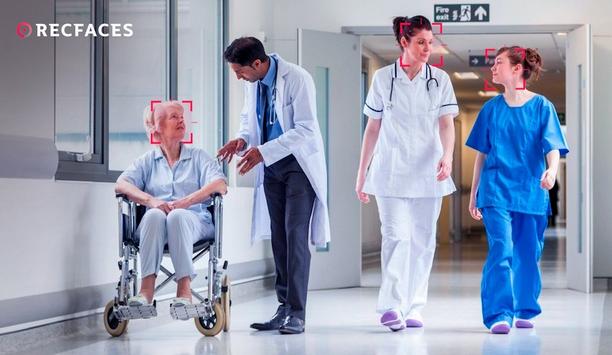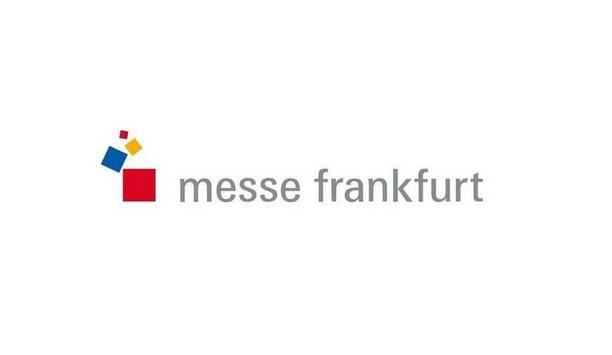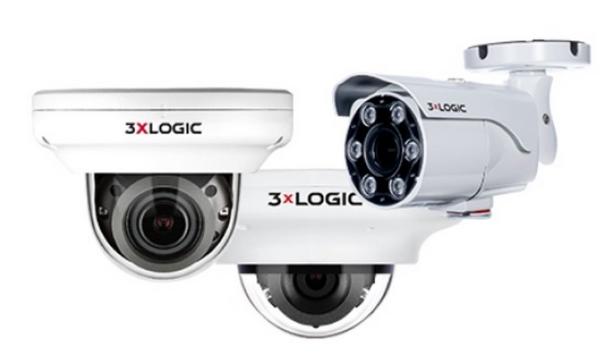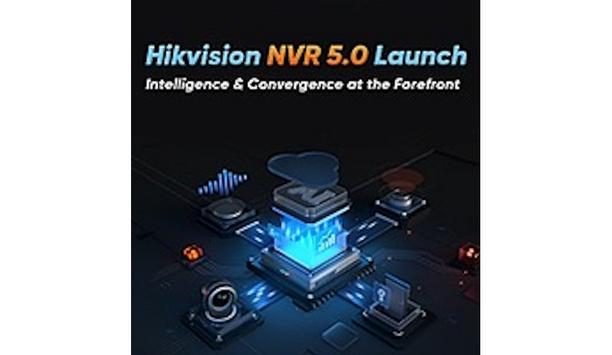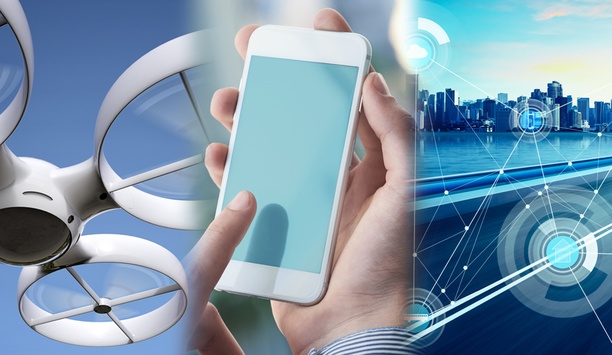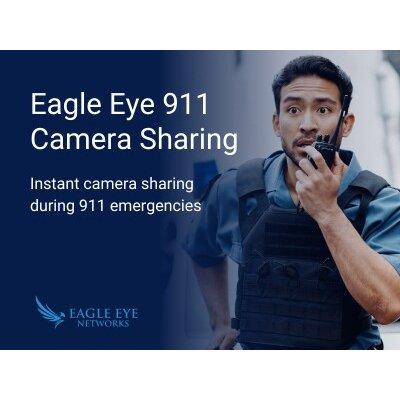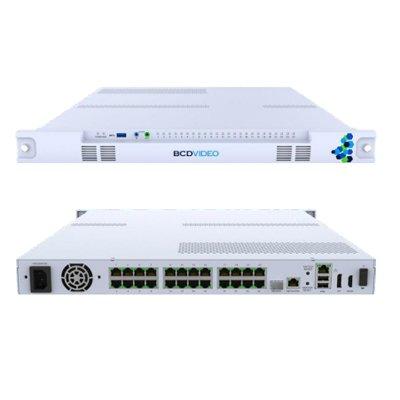How Are Customer Expectations Changing In The Physical Security Market?
Editor Introduction
Meeting a customer’s expectations is a key component of success for any business, including the physical security market. However, understanding customers’ expectations is a big challenge, which is made even more difficult because those expectations are a moving target. We asked this week’s Expert Panel Roundtable: How are customer expectations changing in the physical security market? Their wide-ranging answers highlight elements from technology expectations to adaptability to change.
End users of physical security equipment have become far better educated about the products and systems protecting their organization’s people and assets. Looking at other industries, they’ve seen the better performance, tighter integration and greater convenience IT-based products provide. Now they are demanding the same. This puts pressure on integrators and manufacturers to meet those demands. Customers want to make choices based on performance and price, not being forced into proprietary systems and they want to know their choices will easily integrate with existing systems. They want simplicity and convenience in their security function. They want a road map for consolidating disparate systems. That requires a sophisticated integrator to sort through the customer’s needs and produce one centrally managed control solution. Today’s security customers know what they want; but as technology changes, so will their demands. Smart integrators and manufacturers will find a way to meet them.
The physical security market has demonstrated significant advancements over the last 20 years. Technologies in network video, two-way audio capture and recognition, analytics, biometric identification and video management software have truly redefined situational awareness. The evolution of these technologies has also resulted in greater and metric-managed expectations from customers, resulting in a total, integrated solution. In the past, end users deployed video, audio and access control systems that were developed independently from each other. Today, customers want an integrated, end-to-end solution in which all systems can operate with fluid interoperability, be controlled through a master software system, and operate from one central location. This shift has resulted in greater collaboration among physical and virtual security suppliers as well as new, state-of-the-art products that simplify integration and enhance ease-of-use.
Customers are expecting more and more services that provide them with a secure environment and that can adapt to changes. This means there is an increasing interest in cloud-based solutions. When implementing these, however, the security of these solutions need to be considered. In line with the expectations for services, people expect that the same services can be implemented and used in their entire company, even around the globe. In this respect, we see an increasing demand for standardized procedures and standardized security solutions for companies that operate on a global scale.
Security consumers have come to expect technology that is “plug & play,” much in line with the smartphones and apps they use all the time. There is a definite assumption that these systems will be easy and intuitive to operate right out of the box. This is totally understandable. As security systems have become more complicated than ever before, it is even more important that the user interface is straightforward and allows the operator to make full use of the many important functions and features. While much of the security sector has embraced this user-friendly technology approach, unfortunately some players in the market are still struggling to understand the benefits for both customers and providers. As well as offering the market more powerful and easy-to-use solutions, these systems additionally provide a healthy and continuous revenue stream for savvy security providers.
Consumer tech is bleeding into business life; people expect to be able to use the same conveniences and innovations both personally and at work. They want to integrate new applications into their core business system as easily as downloading an iPhone app. A new groups of users include IT professionals, who have a different set of technical skills and expectations. The IT market has an established standard of preventive maintenance processes, support, backup, and upgrades. They are used to paying for Service Level Agreements (SLAs), expecting high reliability and performance levels. Physical Security customers used to be only be concerned about viewing and capturing the video. Now they are asking: What else can I do with this video? Can I count people/cars? What about slip and fall, or metadata associated with objects or people? Can the video be triggered by temperature changes? Can I visually measure the size of objects?
Customer expectations are continually evolving in the physical security market for one simple reason: They are starting to realize that “perimeter security” means so much more than just providing detection and monitoring capability along the physical perimeter of a structure. Detecting threats when they’re at the walls of your facility is too late. Whether you see the threat or not, damage will occur and losses ensue. Customers today are demanding more. They want the ability to detect threats and prepare an effective response before damage or intrusion can take place. One way they are becoming more successful is by detecting threat surveillance activity. Since most threats conduct extensive reconnaissance and surveillance of their intended target beforehand, learning to effectively detect surveillance-related activity early on allows customers to ward off the threat without taking on the losses.
How are customer expectations changing? In a word, rapidly. In the last few years, the expansion of big data, the Internet of Things (IoT), and cloud-based software has impacted customers’ expectations when interacting with physical security and technology in general. Customers want simplicity, flexibility, low maintenance, and choice. As customers’ access to information increases, so too does their knowledge of products, setting their expectations higher. Previous expectations of physical security were low. In the past, customers accepted panels, DVR recorders, and large proprietary systems. With customers’ access to information and the incorporation of new technologies into their personal life, they expect mobile access, friendly user interfaces and work flows, and simplicity in their security systems as well. As the convergence of access to information and technology drives more simplicity into customers’ lives, they will continue to expect that same experience in their professional lives.
According to Gallup, higher workplace engagement leads to 41 percent fewer safety incidents. With the growing globalisation of the workforce, employers expect to engage their workforce through mobile technology to protect employees wherever they are located. With the increasing borderless workforce, employers must overcome communication challenges to stay connected with employees to keep them safe. As workers become more dispersed, organizations should consider technology that enables two-way communication with any employee, at any time and in any location during an emergency.
Editor Summary
Today’s customers are better educated about the industry’s technologies. They are more tech-savvy. They are accustomed to using personal electronics devices, and want similar attributes available in their security systems. They want integrated, end-to-end solutions that are plug-and-play. They want standardization, simplicity, flexibility and low-maintenance. They want to do more with less effort. In short, customer expectations in today’s security market are higher than ever. Only manufacturers and integrators with a thorough understand of those expectations have any hope of meeting them.
- Related links
- ISONAS Access control systems & kits
- ISONAS Access control software
- Milestone Video Surveillance software
- Nedap AEOS Access control systems & kits
- Nedap AEOS Access control software
- TDSi Video Surveillance software
- TDSi Access control systems & kits
- TDSi Access control software
- TDSi Intruder detectors
- Milestone Network Video Recorders (NVRs)
- TDSi Network Video Recorders (NVRs)
Expert commentary
Security beat
Security bytes
- Getting To Know Dan Grimm, VP And General Manager Of Computer Vision At RealNetworks
- Big Wins And The Importance Of Showing Up: Insights From SecurityInformed.com Editor Larry Anderson
- Setting Goals, Business Travels And Radioactivity: Success Secrets From Tiandy's John Van Den Elzen
- Getting To Know Jeff Burgess, President/CEO At BCDVideo
Healthcare security articles
Just like fighting against the spread of disease in a clinical environment, healthcare providers must mobilize, coordinate with interconnected partners, and apply sufficient budgetary resources to com...
According to the U.S. Occupational Safety and Health Administration (“OSHA”), hospitals are considered one of the most dangerous places to work in America. In fact, OSHA&nbs...
The Security Executive Council, with Rice University and MD Anderson Cancer Center, will facilitate a day and a half of expert-led sessions on workplace violence risk management for corporate security...
At Hannover Messe 2024, Siemens presents the first generative artificial intelligence (AI) product for engineering in an industrial environment. Siemens Industrial Copilot The Siemens Industrial Cop...
HID, the pioneer in trusted identity solutions, announces it has been positioned by Gartner® as a Pioneer in its 2024 Magic Quadrant for Indoor Location Services. The evaluation was based on speci...
Vismo will launch the latest version of its Locate & Protect App at the International Association for Healthcare Security and Safety (IAHSS) Annual Conference and Exhibition 2024, at booth #713, f...
ASSA ABLOY Opening Solutions will be exhibiting an expanded range of innovative products at booth #8061 during ISC West. With access and intrusion risks rising in schools, healthcare spaces, and worsh...
Cohesity, a pioneer in AI-powered data security and management, announced it is collaborating with Intel to bring Intel’s confidential computing capabilities to the Cohesity Data Cloud. Leverage...
Identiv, Inc., a global digital security and identification pioneer in the Internet of Things (IoT), has entered into a definitive asset purchase agreement to sell its physical security, access card,...
Thailand’s pioneering fair for security and fire safety for commercial and industrial premises, announced at the press conference at Grand Hyatt Erawan Bangkok that the 2024 edition will return...
ASIS International, the world’s largest association for security management professionals, announced its keynote lineup for the hybrid Global Security Exchange (GSX) 2024, taking place on 23-25...
NetSPI, the proactive security solution, has announced its achievement of CBEST accreditation, marking a significant milestone in its commitment to delivering high-value penetration testing and red te...
In an era when digital technology intertwines with everyday life, the healthcare sector stands at the forefront of adopting innovative solutions to safeguard sensitive information. Among these technol...
With 5G, AI, and IoT technologies maturing, the accelerating demand for AI-based security and safety solutions makes Secutech the ideal place for system integrators, distributors, and property develop...
3xLOGIC, a pioneering provider of integrated and intelligent security and business solutions, will debut its recently launched edge-based deep learning analytics cameras at The Security Event 2024. Th...
Precision And Intelligence: LiDAR's Role In Modern Security Ecosystems
DownloadAre You Ready For An On-Site Emergency?
DownloadIntegrating IT & Physical Security Teams
DownloadHikvision NVR 5.0 and Full Line Hardware Storage Solution
DownloadFacial Recognition
DownloadClimax Technology TouchPanel-3 7” Color Graphic Touchscreen Panel
Eagle Eye Networks 911 Camera Sharing Gives Instant Access To Security Cameras
BCDVideo NVRBCD-24 Intel® Core™ Processors (Kabylake-S), Cyber Hardened 1U Rackmount Appliance

